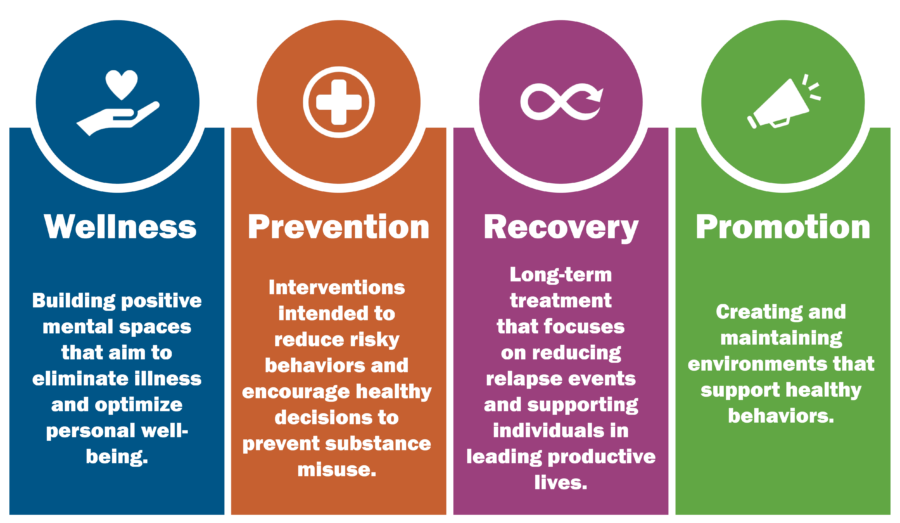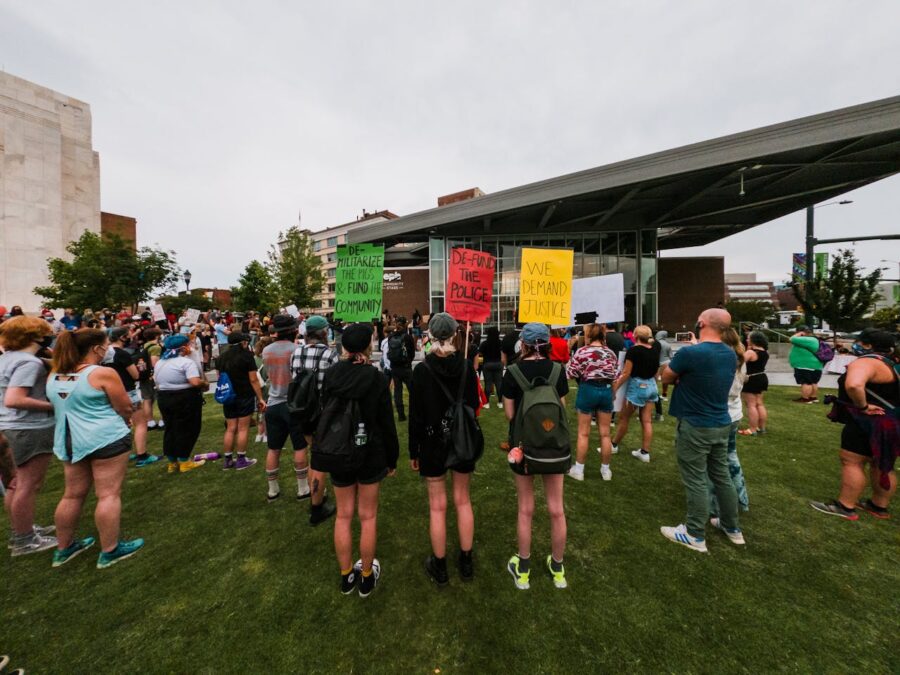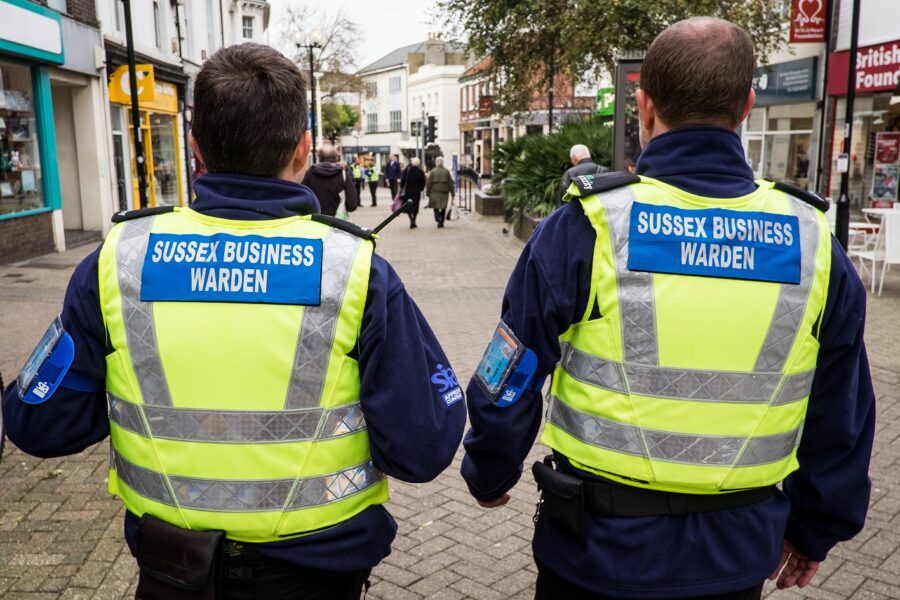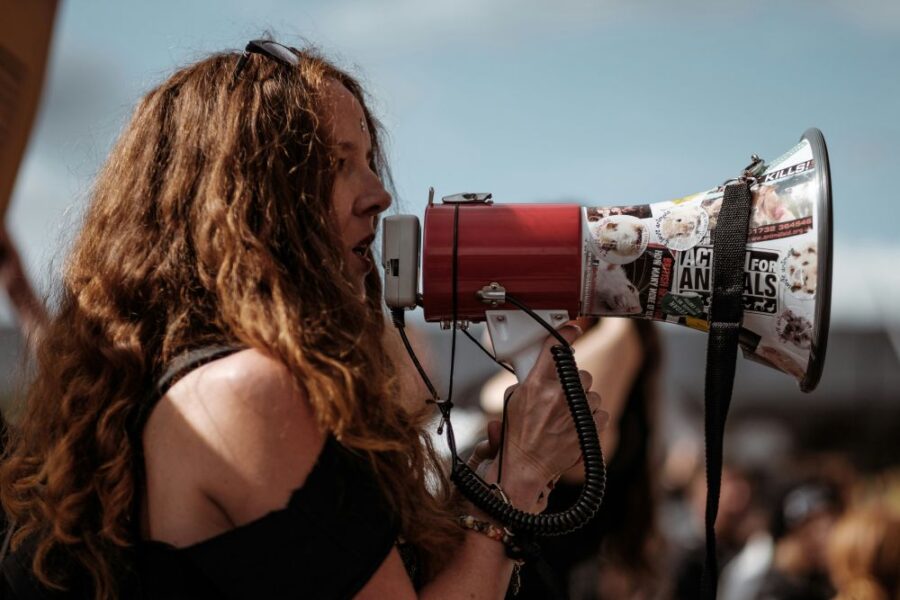If civilians take a collective action that spurs progressive change in our local communities, they could influence decision-makers to implement their newly formed policies. It begins when local activists raise awareness about an issue affecting the locals. Issues like cannabis use have a profound effect on your physical and mental health.
As many young locals use cannabis and other drugs, they burden the healthcare system and social services. It’s the mood and behavior change that concern grassroots activists the most since such changes can lead the user to commit a crime. And that’s true since you might become paranoid when using cannabis.
The US authorities and many governments the world over have thus put strict Cannabis laws. Grassroots activists can advocate for policy changes, with many youths experiencing drug-related arrests and incarcerations. But can grassroots activists get locals to stop using cannabis and provide CannabisLawSolutions?
Creating A Strong Cohesion in The Local Community

Nobody can doubt that the local community is a nation’s building block. Any nation with a strongly built local community stands strong. And if every community member has strong morals, a country’s moral standing will be as strong. Grassroots activists can create a strong community that resists the temptation of doing drugs.
The best way to make the local community stand against drug use is to make it part of the fight against drugs. If grassroots activists appoint locals to leadership roles, they can take part in decision-making.
Youths arrested for cannabis use shouldn’t rot in prison but should get assistance and steer away from controlled substances.
Grassroots activists can work with law firms to help locals found with cannabis with the intent to consume. Only cannabis sellers should face harsh consequences, especially if they sell to underage locals. The youth can become agents of change if given a platform, and grassroots activism can be the platform.
Educating the Locals on Drug Use Effects
The first step would be to create awareness of the dangers of using cannabis and other drugs. Community education centers would serve as a meeting point for all locals to learn the dangers of drugs. Grassroots activists can organize workshops and seminars and teach the locals, especially the youth, about the physical and mental effects of drugs.
Establish Drug Use Prevention Programs

Grassroots activists can advocate for strict policies on the sale of narcotics and controlled substances. If youths and members of the local community have a hard time getting drugs from sellers, it will reduce cases of drug use and abuse.
Also, the activists can urge the local authorities to create drug-free spaces where youths can engage in sports and community activities without coming across drugs.
Changing Local School Policies
Besides community education centers, schools are alternative places to teach students about the dangers of controlled substances. Grassroots activists can work with schools for this reason. These organizations can advocate for schools to implement random drug testing to identify users for guidance.
They can also urge school security to use strict screening to ensure no drugs enter the premises. Additionally, schools should teach students the consequences of using controlled substances.
Campaigning Against Drug Use

Grassroots activists can now reach the local community and beyond with the help of social media. Since a majority of youths are on social media platforms like X (formerly Twitter) and TikTok, grassroots activists can post messages against drug use on those platforms.
They can also use posters and attend community events to spread awareness of the dangers of drug use and abuse. They can even engage youths in designing campaigns that resonate with young locals.
Hosting Community Social Events
Sports tournaments can also help grassroots activists steer the local community from drugs. Anything that engages youth and keeps them busy gives them no time to use drugs. What’s more, activists can make conditions for participating in community events; the participants must not use drugs.
Art exhibitions can also serve as a deterrent to drug abuse. Youths will spend many hours making art, leaving them no time to think about drugs, let alone using them. Concerts are an alternative to sports and art exhibitions.
Training the Youth to Acquire Marketable Skills
Job creation is another weapon to use in the fight against drug use. If a grassroots activist advocates for employment creation for the youth, the local community may see a decline in drug use cases. These skills could help youth get jobs in today’s world:
- Graphics design
- Video editing
- Car care
- Pet sitting
Activists can create community education centers for the youth to learn the above skills. Since people will continue buying cars, automotive mechanics is a marketable skill to learn. Learning more skills will see youth get jobs and stop selling drugs as a revenue income.
Does Working with Local Authorities Deter Crime?

Grassroots activists need all the help they can get to make the local community safe. While drug prevention is half the solution to deter drug use and abuse, enforcing policies is the other half the solution. Activists can police the community and report members with no moral standing. The police can then apprehend the culprits because the law of the land has to prevail at the end of the day.
As members of the activist groups take on new roles, they leave open positions. These groups can mentor the next generation to keep activism alive for years.
Conclusion
Grassroots activism can be the watchful eye local communities need to uphold moral standards. Activists can advocate for changes that will transform the community. If they work with local authorities, they can be an agent of change needed to make communities drug-free.
Once activists identify the hotbed of drugs, which can sometimes be schools, they can advocate for policy changes to address the challenges. Learning centers should adopt thorough screening to ensure schools remain drug-free.
Educating the youth against the adverse effects of drugs and organizing tournaments to keep the locals busy are a few solutions to the problem. If communities and activist groups adopt more methods, they can maintain drug-free zones in the country.

